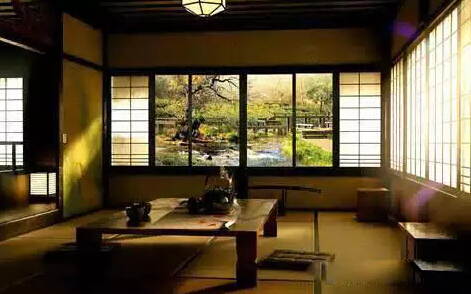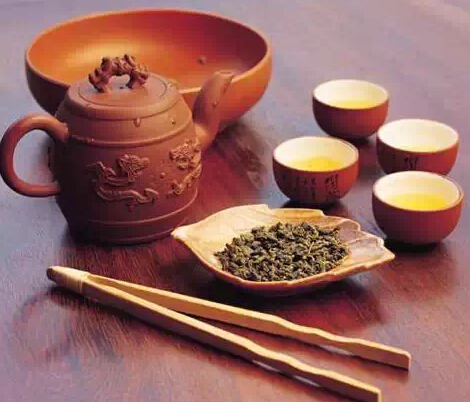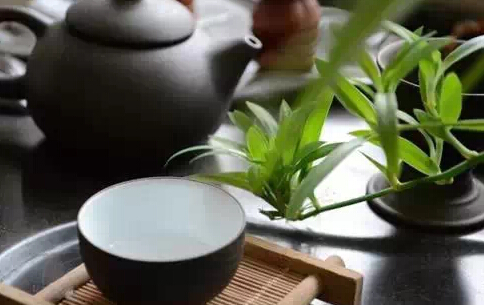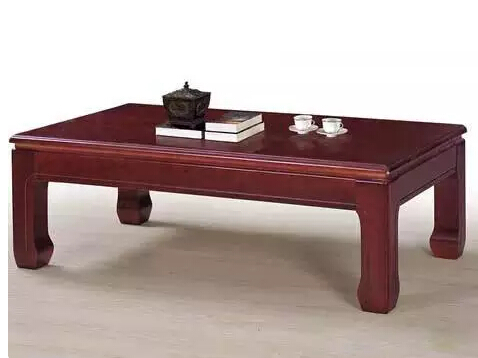
Generally speaking, coffee tables are shorter and smaller, and some are even designed with two tiers, making them relatively easy to distinguish from incense tables. In the Qing Dynasty, coffee tables were rarely placed alone; they were often positioned between a pair of armchairs and arranged in sets on either side of the hall. Since they were used in conjunction with chairs, their style, decoration, surface inlays, materials, and colors were often determined by the design of the chairs.
The shape, material, and color of a coffee table represent different elements and meanings, forming an important part of the living room's Feng Shui.
1. Placement of the Coffee Table
When selecting a coffee table, it is advisable to choose one that is low and flat. If a person is sitting on the sofa, the coffee table should not be higher than their knees. Additionally, there should be enough space between the sofa and the coffee table. If the distance is too close, it can cause inconvenience.
(1) The arrangement of tea sets should be practical, aesthetically pleasing, and layered, with variations in lines. A well-arranged tea set can bring elegance and leisure to the room.
(2) The placement of teapots and teacups should be orderly, balanced, and preferably unobstructed.
(3) If there is any obstruction, arrange the tea sets from low to high, placing shorter items like teacups at the forefront of the guest's line of sight.

2. Position of the Coffee Table
In the living room, coffee tables are usually placed beside or in front of the sofa.
3. Shape of the Coffee Table
The ideal shapes for coffee tables are rectangular and oval, though circular ones are also acceptable. Avoid coffee tables with sharp angles. While some younger individuals may prefer uniquely shaped coffee tables, from a Feng Shui perspective, overly unconventional designs are not ideal.

4. Size of the Coffee Table
Undoubtedly, the sofa is the main element, while the coffee table is secondary. The sofa, being taller, represents a mountain, while the shorter coffee table symbolizes water. The two must complement each other harmoniously to align with Feng Shui principles. If the coffee table is too large, it can overshadow the sofa, which is considered inauspicious. Therefore, the coffee table in front of the sofa should not be too large. If it is, it disrupts the balance, potentially leading to household discord. The simplest solution is to replace it with a smaller coffee table to restore harmony.
5. Color of the Coffee Table
The color of the coffee table should also align with the homeowner's elemental preferences to enhance their luck. For example, those who favor the wood element can choose green tones; those who favor fire can opt for red or purple; water-favored individuals can select black or blue; metal-favored people can choose white; and earth-favored individuals can go for yellow or earthy tones.

6. Material of the Coffee Table
Based on the homeowner's elemental preferences and profession, the following materials are recommended:
Those in creative or performing arts should choose wooden coffee tables. Individuals in politics or finance should opt for glass. Those in logistics, transportation, or foreign trade should select metal or copper. Educators and beauty industry professionals should choose rattan. Real estate, catering, and medical professionals should prefer plastic. Stone or wooden coffee tables are often chosen as symbols of stability and authority, placed in the northwest corner to strengthen the career foundation of the male head of the household.
For more tea-related information, search for the WeChat ID "chayewang1" to follow Tea Net.